At Albania Hair Clinic, we specialize in Beard Hair Transplant procedures designed to help you achieve the facial hair of your dreams. Whether you’re struggling with patchy growth or simply want to enhance your beard’s density, our expert team offers comprehensive solutions tailored to your unique needs.
Summarize with AI
Beard restoration is a cosmetic procedure that rebuilds or enhances facial hair by transplanting hair follicles to the beard area. It’s used to treat patchy or thin beards, scars, or hair loss due to genetics or trauma.
More men are choosing beard restoration for aesthetic and cultural reasons. A full beard often symbolizes masculinity and style. It also helps define facial features and contributes to a more balanced appearance.
Beard hair transplant in Albania use two main methods: FUE (Follicular Unit Extraction) and FUT (Follicular Unit Transplantation). FUE involves extracting individual hair follicles from a donor area, while FUT removes a strip of scalp to harvest grafts.
FUE is the preferred method for beard transplants because it causes less scarring and allows for more precise placement. FUT may be used in special cases where many grafts are needed. FUE also offers a quicker recovery time and is better suited for those who prefer minimal downtime.
The procedure starts with shaving and applying local anesthesia. Hair follicles are then extracted from a donor area, usually the back of the scalp, and implanted into the beard area.
Donor area preparation
Follicle extraction (FUE or FUT)
Channel creation on the beard area
Graft implantation following natural angles Each step is performed carefully to ensure a natural look, minimize damage, and increase the survival rate of transplanted hair.
After the procedure, mild swelling and redness are normal. Tiny scabs will form around the implanted follicles and fall off within a week.
Patients can resume light activities within 1–2 days. The full healing process usually takes 7–10 days. It’s important to follow the clinic’s aftercare instructions for optimal healing and results.
New beard hairs begin to grow around 3–4 months after the transplant. Full results are usually visible between 9 and 12 months.
Month 1–2: Shedding phase
Month 3–6: Initial regrowth
Month 9–12: Full density Hair growth is gradual and varies by individual. Patience is key.
Yes, the results are permanent. Transplanted hairs are taken from areas resistant to hair loss, so they continue to grow for a lifetime.
Once healed, you can shave, trim, and groom your beard like natural facial hair. These hairs behave like normal beard hair and will blend seamlessly.
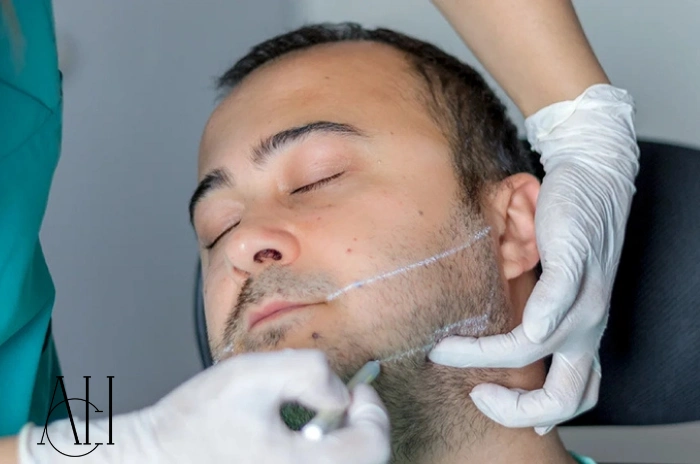
Beard transplants offer a permanent solution to patchy or uneven facial hair. They can improve self-esteem and facial symmetry.
Yes, 2000 grafts are often enough for a full beard, depending on the desired density and the area being covered.
A standard beard may need 1,500 to 2,500 grafts. Lower densities require fewer grafts. The surgeon will evaluate your needs during the consultation.
Good candidates are healthy men with sparse or patchy beards who have sufficient donor hair.
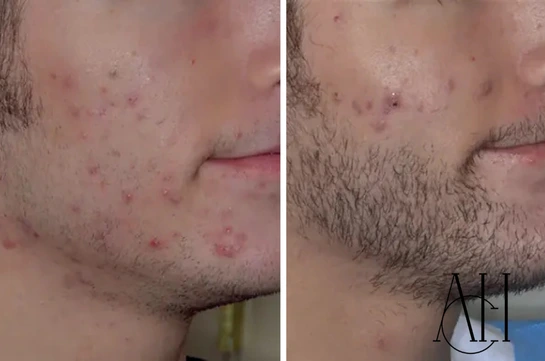
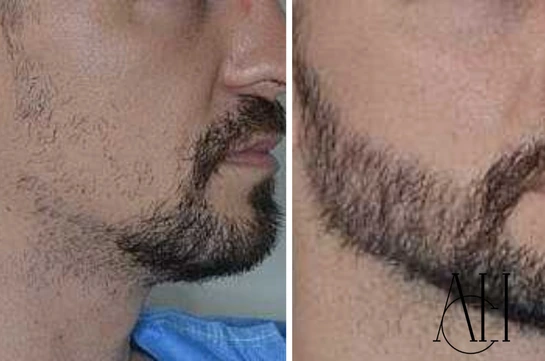
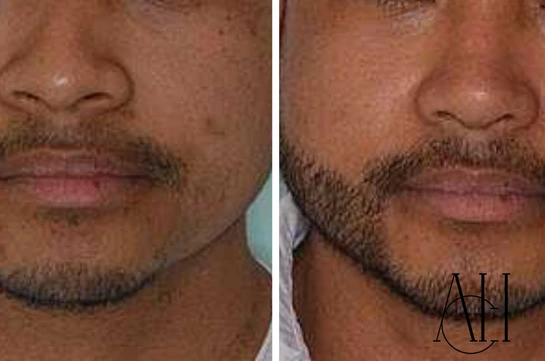
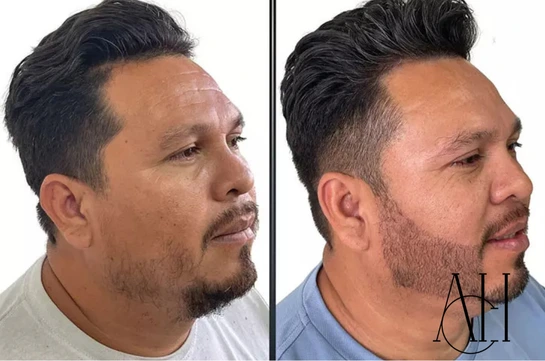
Beard transplants can vary based on technique and the target area.
Preparation includes a medical consultation and lifestyle adjustments such as avoiding alcohol, smoking, and blood-thinners before surgery.
You’ll meet with your surgeon, confirm your beard design, and undergo local anesthesia. The procedure typically takes 4–8 hours.
Complications are rare but may include minor infections, swelling, or ingrown hairs.
Choose a certified, experienced clinic and follow all post-op instructions carefully. Report any unusual symptoms to your doctor immediately.
FUE method leaves only tiny dot scars, usually invisible. FUT leaves a linear scar, but it’s often hidden under hair.
Proper healing and skilled technique reduce visible scarring. Post-procedure ointments may also help the skin recover.
Some conditions may make beard transplant unsuitable.
Alternatives include beard microblading, topical treatments, or artificial facial hair systems.

A beard transplant boosts confidence, facial structure, and grooming flexibility.
The first step is scheduling a consultation with a qualified hair restoration clinic in Albania.
Rest is minimal but important. Most men return to normal activity in 1–2 days.
If you’re unhappy with your facial hair, a beard transplant offers a long-term solution that looks and feels natural.
You can customize the shape and density. Whether you want a full beard, goatee, or sculpted style, the result can match your preference.
Using the FUE technique, follicles are removed from the donor site and implanted one by one into the beard area.
You’ll be given aftercare instructions to support healing and growth. Redness and scabbing may occur.
No. You should wait at least 10–14 days before shaving to avoid disturbing the grafts.
Minor risks include redness, swelling, infection, or temporary shock loss (shedding of nearby hair).
These side effects are temporary and resolve with proper care and follow-up. Most patients recover fully without complications.
Final results are visible between 9 to 12 months after the procedure, with gradual improvements starting from month 3.
A beard hair transplant involves moving hair follicles from a donor area (usually the scalp) to the beard region. It’s done using FUE or FUT techniques under local anesthesia.
Albania offers affordable prices, skilled surgeons, and modern clinics. Many patients save up to 70% compared to UK or US clinics without sacrificing quality.
Yes, 2000 grafts are generally sufficient to create a full, dense beard, though individual needs vary depending on facial area and desired density.
When performed using the FUE method, scarring is minimal and typically unnoticeable. FUT may leave a linear scar, but it’s often hidden by hair.
New hair growth begins around 3–4 months post-procedure. Final results are typically visible between 9 and 12 months.
You should wait 10–14 days before trimming and about one month before shaving to ensure grafts are secure and healing is complete.
WhatsApp us